What exactly is wilderness and can you also find it in Germany? Wilderness consultant Manuel Schweiger about nature protection, discovery trails and primeval beetles.
Manuel Schweiger has been the Wilderness Spokesperson for ZGF in Frankfurt since 2014 and has experienced the wilderness in its many facets, from the Serengeti to the wild forests of Central Europe.
Mr. Schweiger, you work at the Frankfurt Zoological Society (ZGF) as their Wilderness Spokesperson. What exactly does that involve?
My task is to promote the topic of the wilderness – a subject which, in Germany, has not been en vogue in for that long. I believe the first step here is making the public more aware of the huge significance of wilderness, but of course we also measure ourselves by what we achieve on the surface – i.e. creating new areas of wilderness. Here, we don’t work alone, but rather with the “major players” in the initiative “Wilderness in Germany”: WWF, Greenpeace, NABU and many others are involved, while we coordinate the initiative from Frankfurt. Incidentally, from a global perspective conservation is the same as wilderness protection. Really it’s an exception when here in Central Europe we talk about conservation it is actually “cultivated conservation”. This certainly has its place, I don’t dispute that – there is a long, cultural history of this after all. What we’re missing though, are the wild areas given over to nature, with no intervention from humans, leaving spaces as wilderness and facilitating natural landscapes once again, with all their processes and indeed the fascination stemming from these.
2/3 of German citizens love nature all the more the wilder it is.
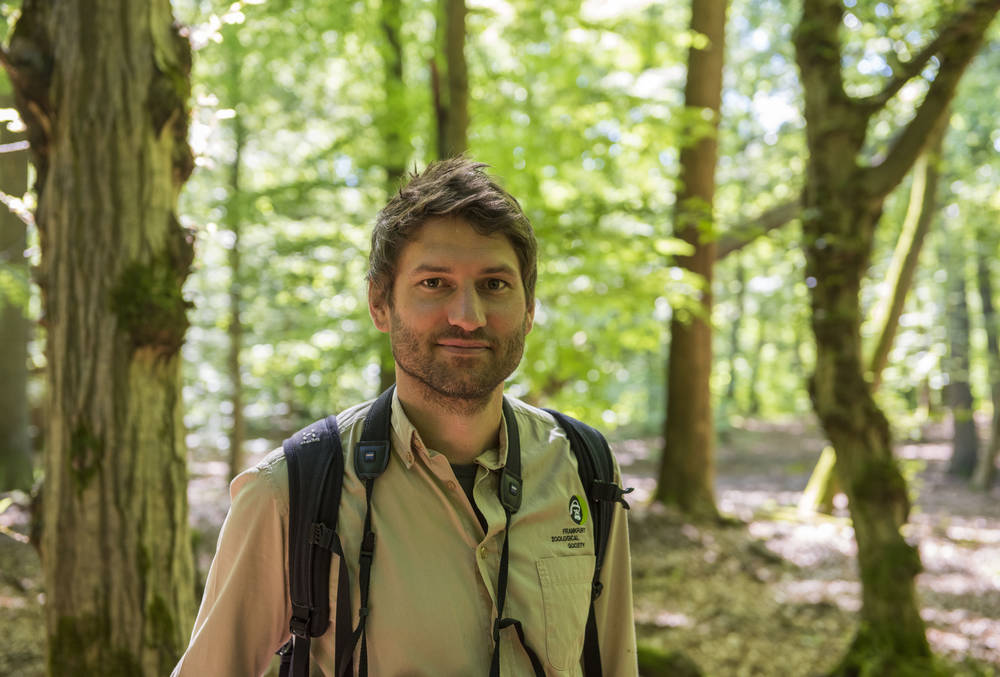
And how long would it take until you could really call it a wilderness?
Let’s take a beech wood for example, formerly a commercial forest. If you were to leave it alone from now on, then it wouldn’t take that much time before it returned to a wilderness-like state. We’re talking about a few hundred years of course [laughs], but in comparison to what you would have to invest in the tropics, this represents a huge opportunity.
The ZGF is involved in initiatives like taking over former military training zones in order to return them to nature.
Nature benefits already from day one. Wilderness is a story about development, a process. In Germany we’re trying to make the best out of what we have, and former military training grounds offer extensive, continuous space for nature to reconquer.
Humans, or at least perhaps Westerners who travel, want to see things as pristine as possible, yet spoil precisely that which they desperately seek. Do you often have to mediate between people and the wilderness?
Actually, in my day-to-day work I have to deal with people almost more often than with animals and nature. And you’re right: Many people now really want to see wilderness – that’s something we at ZGF, my colleagues and I see time and again, and it’s also already possible to see a change in people’s perceptions: The neat and tidy woodland that perhaps our parents’ generation still wanted, bemoaning any kind of dead wood lying around – which is actually hugely important for many species – has been usurped as the ideal. Now, those seeking relaxation actually head to the wild places in nature, which is evident also from the boom in national parks.
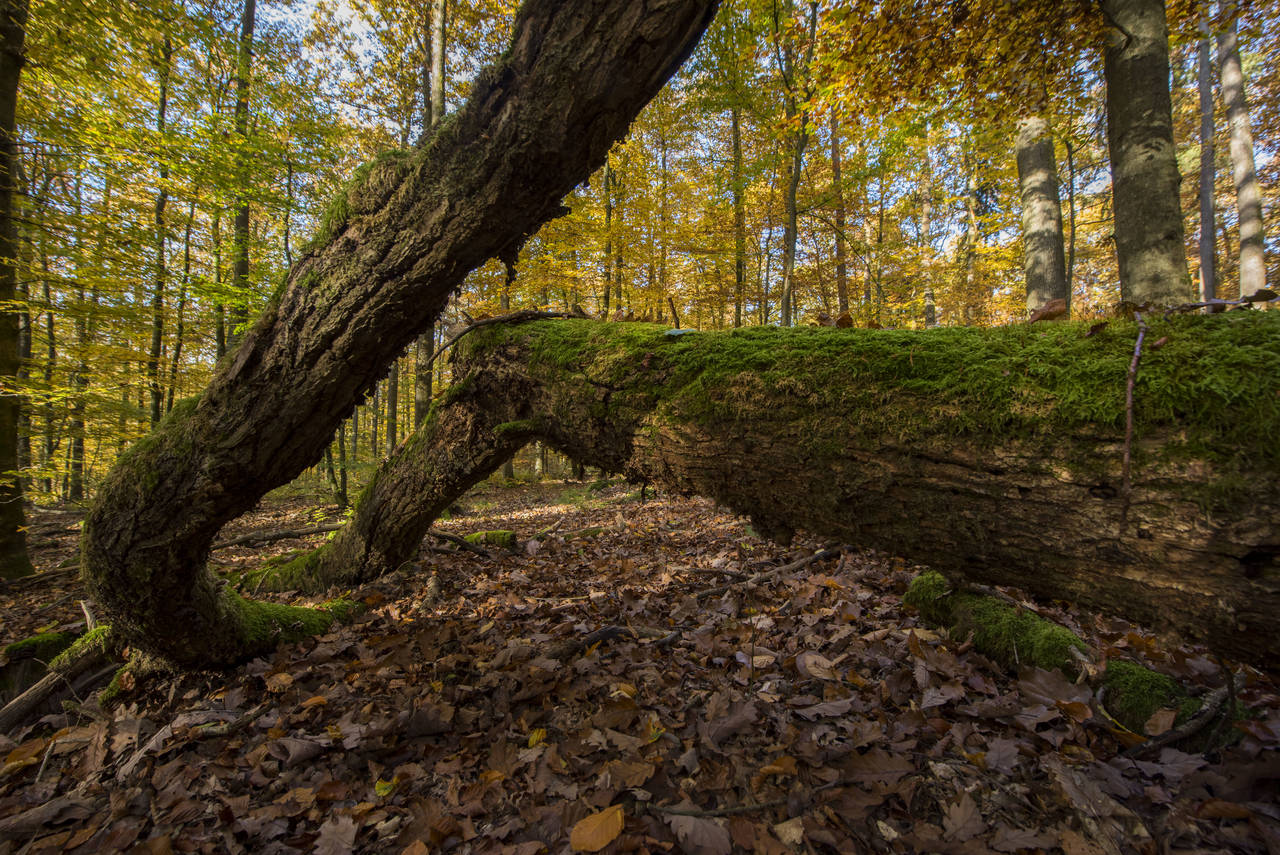
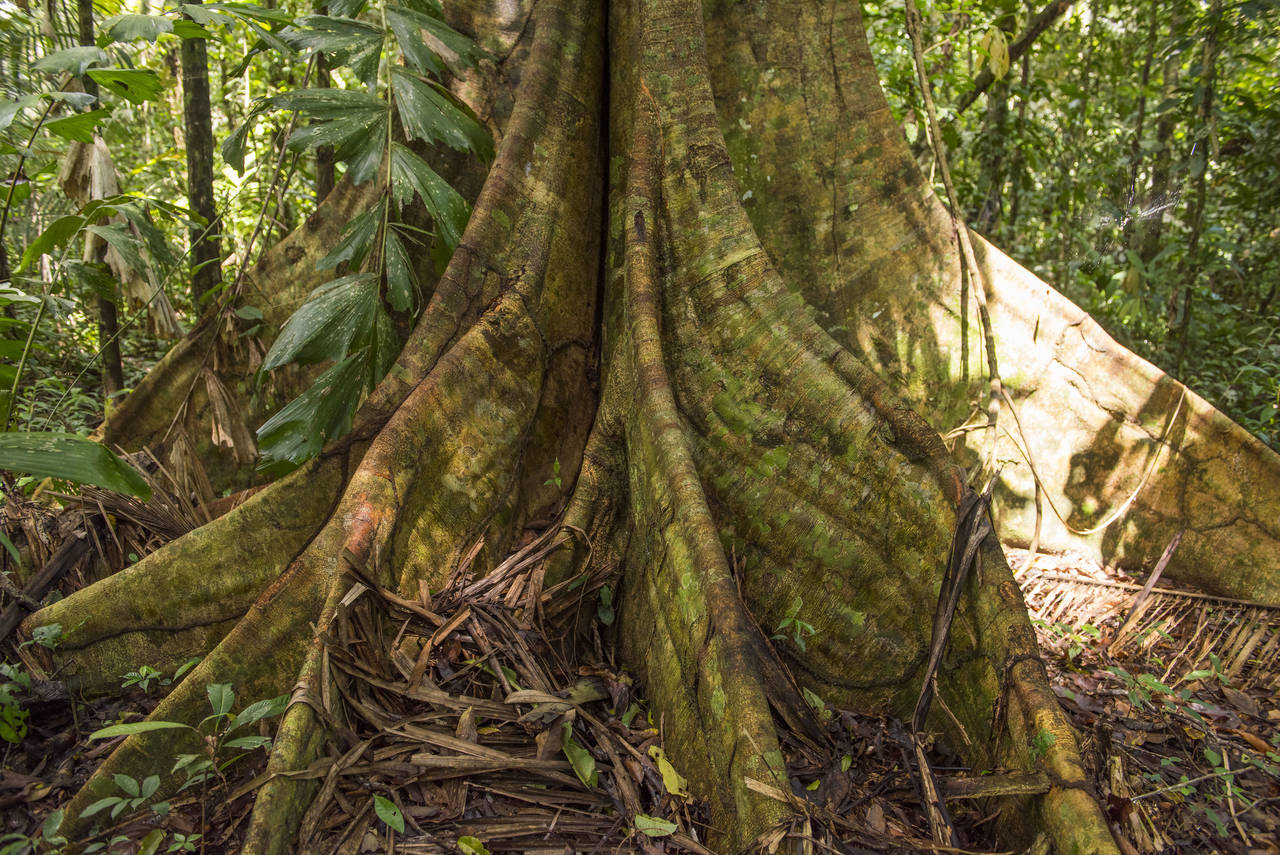
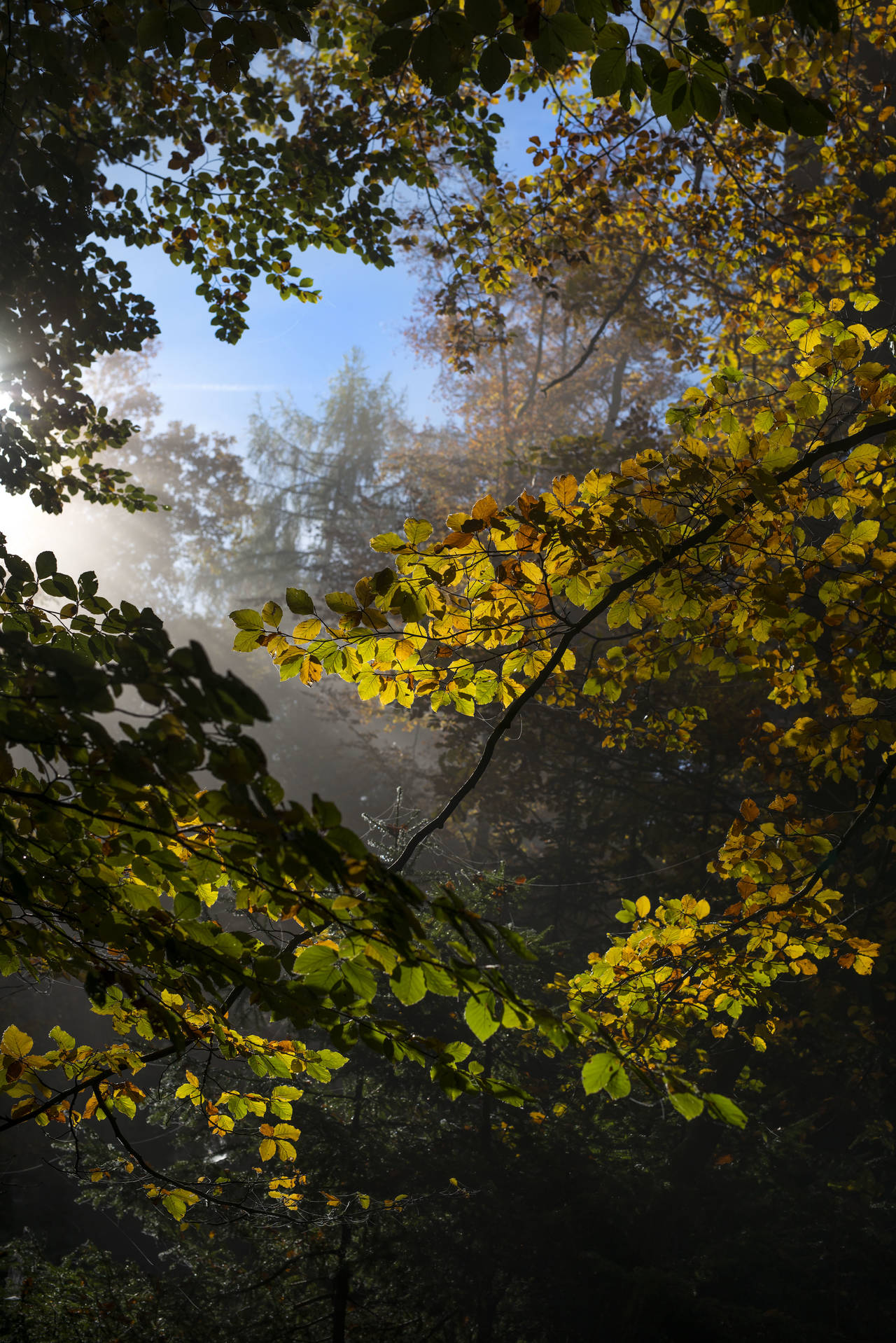
Animals are always a crowd puller, of course – might that also be an argument for national parks and conservation areas for many people? How quickly does the fauna of a natural space change when, for example, wolves move back into the forest?
The wolf is something of a double-edged sword. When we talk about the wilderness, a lot of people think of wolves, but they are actually not an indicator of wilderness. Wolves thrive in a cultivated landscape. What they need though, are places to which they can withdraw – and here, for example, former military training grounds in Saxony and Brandenburg have been the first areas where wolves have had cubs and the first packs have emerged. It has to be said, though, that wolves will live where they find prey, and that might be in cultivated forests too.
Presumably the real “wilderness indicators” are the more unremarkable inhabitants?
Exactly [laughs], although it must be said that for large mammals, continuous planes as safe havens are extremely important, but neither wolves nor lynx stop at the borders of this wilderness. What also characterizes areas of wilderness in our forests is that they are allowed to grow old. These are circumstances that are virtually unheard of now in our commercial forests. We no longer even realize that a beech tree trunk can reach a diameter of 1.70 meters and grow more than 50 meters high. These old trees are linked to an enormous number of species: A woodpecker, for example, can only knock its hollows into a beech tree that is at least 100 years old. There are almost none of these in commercial forests. A number of subtenants are also dependent on these woodpecker holes: bats, small owls, dormice, bumblebees and then also so-called “forest relict species”. These are types of beetles that are linked to old trees in typically virgin forest locations. Hence, when this sort of tree is felled and there doesn’t happen to be another exactly the same in the immediate vicinity, the species will disappear.
53 million people visit Germany’s national parks every year. They generate revenue of around 2.8 billion euros, which corresponds to more than 85,000 jobs.
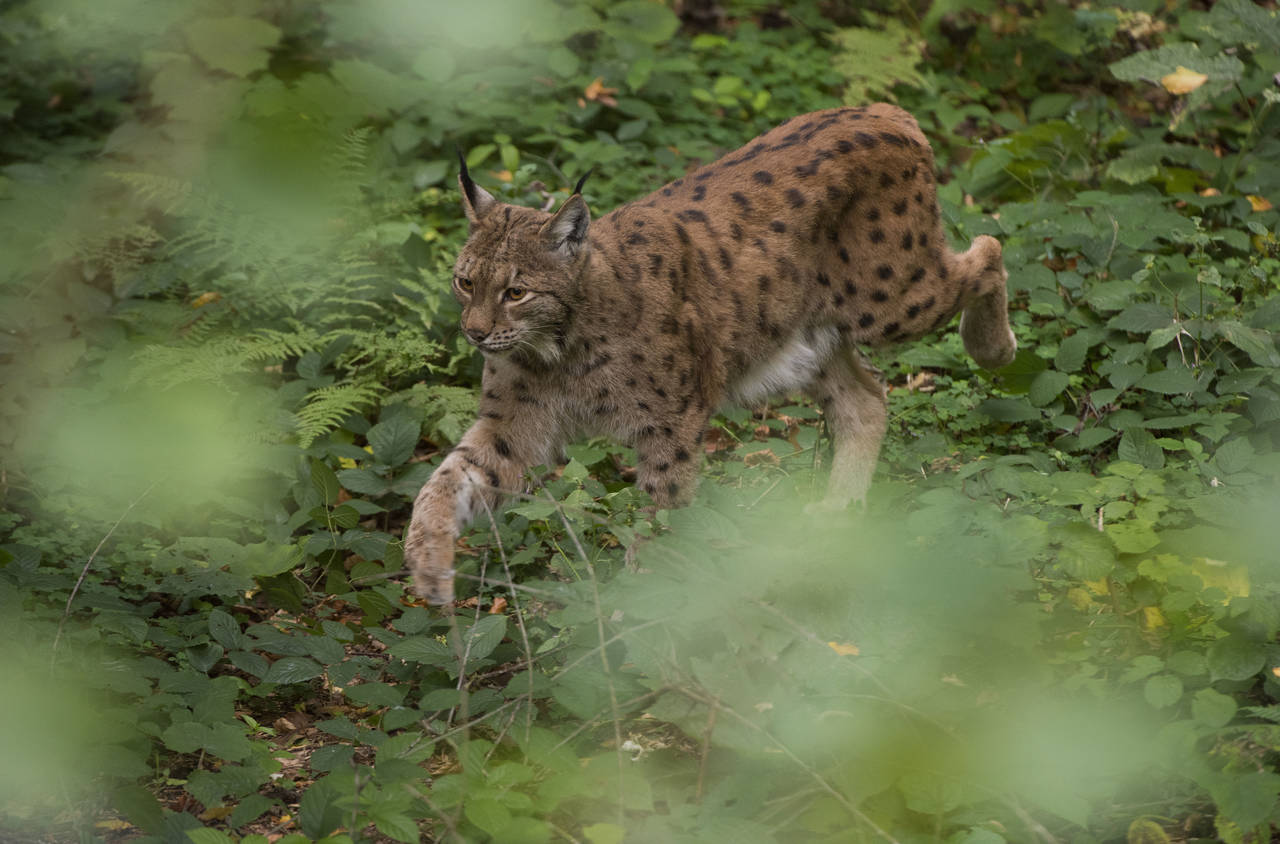
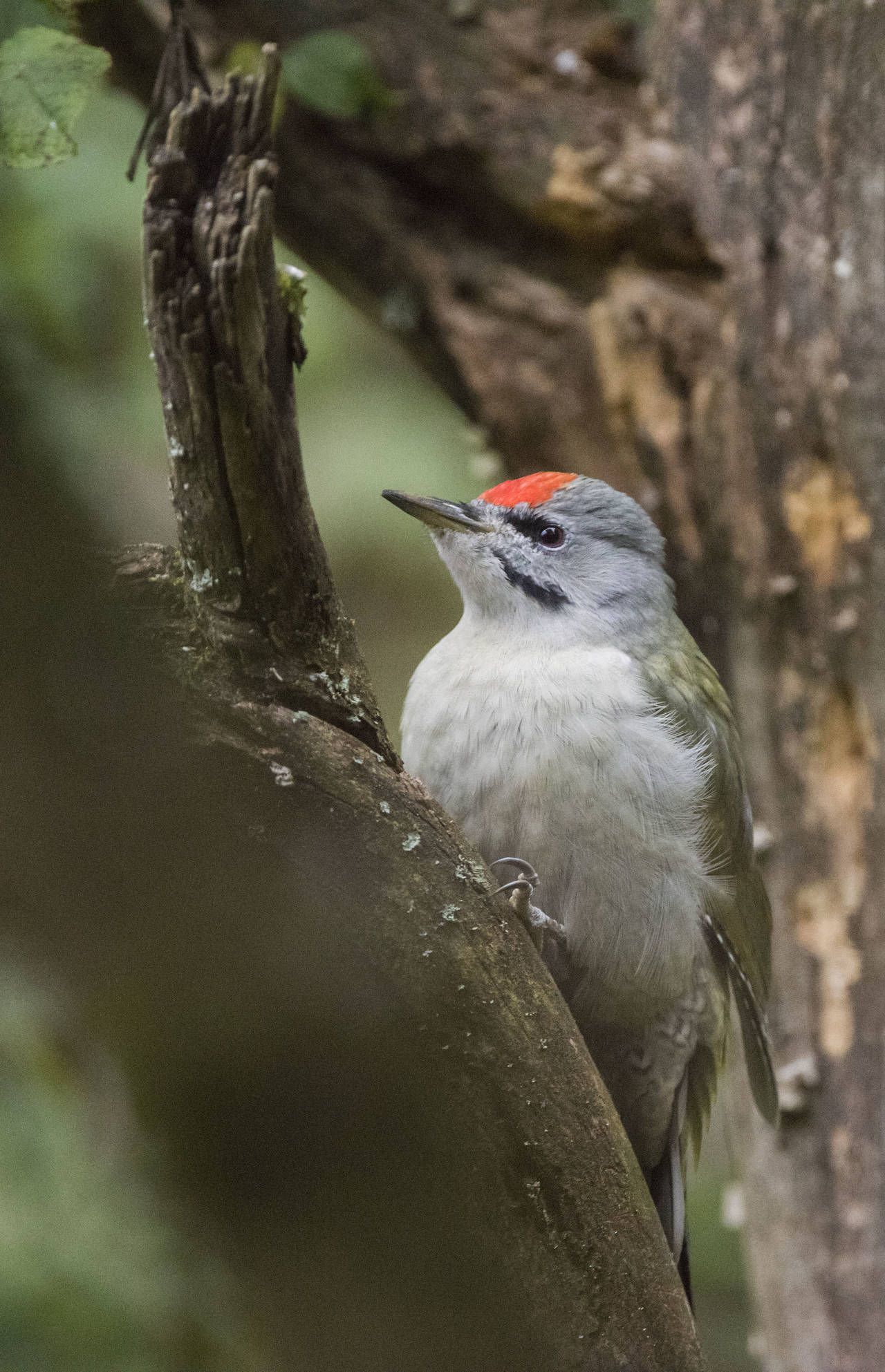
That sounds a bit less spectacular than the wolf though, of course.
But it’s possible to tell an exciting story about these species too! Take the trox perrisii beetle: These can be found, for example, in our project area in the Hohe Schrecke. This is an indication that commercial forestry has never taken place there – because once its habitat is destroyed even once, the beetle will cease to exist. It relies on black woodpeckers hammering a hollow into a tree, into which a brown owl and a stock dove then move in. Afterwards a small mammal like a dormouse has to live there, and it’s only then that the beetle finds precisely the right conditions to raise its young among the feathers and fur left in this tree hollow. Plus: It travels a maximum of 500 meters – so it’s really astonishing that a species like this has survived at all in Germany!
At what point can we talk about wilderness again in the true sense?
From the perspective of conservation, wilderness areas are sufficiently large, primarily unfelled, uncultivated areas which serve to permanently ensure the sequence of natural processes uninfluenced by human beings. In Germany we sometimes talk about “wilderness development areas”, but ultimately it’s in the eye of the beholder – the term basically comes from humans so it is dependent on our perspective. Nature itself, of course, doesn’t have a limit value, wilderness is a development. It goes in cycles and is never finished – nature is a never ending process.

Trox perrisii beetle, Image via mdr.de
How do you make the waiting palatable? No doubt lots of people would like to participate somehow in what they have chosen is the right approach. Is that even possible at all without disturbing the wilderness once again?
It’s very important to us that also us humansare able to experience wilderness. You are welcome – as guests who behave respectfully. What I would say though, is that in our beech forests you can generally leave the trails every now and again without damaging nature. Corresponding trail signage makes it possible to steer visitors around sensitive areas. Added to which, wilderness areas also have major indirect benefits for human beings: They are hugely important for the climate, because they store gases such as CO2 in huge quantities. They also contribute to drinking water, and are very important to research: At our latitudes we no longer know how nature behaves when left in peace. How does nature react to climate change? What strategies do animals and plants develop to deal with the changes? We can learn from this. After all, it ultimately plays an important role for both agriculture and forestry. Incidentally, in contrast to many other countries in the world, in Germany we are able to enjoy the wilderness for free. Our national parks don’t charge entry fees. We should be able to move freely in the forest – it’s a really great thing to do. Even if it is “wild”, the forest is much safer than the city. I can only encourage people to take a closer look at the wilderness on their doorsteps sometime!
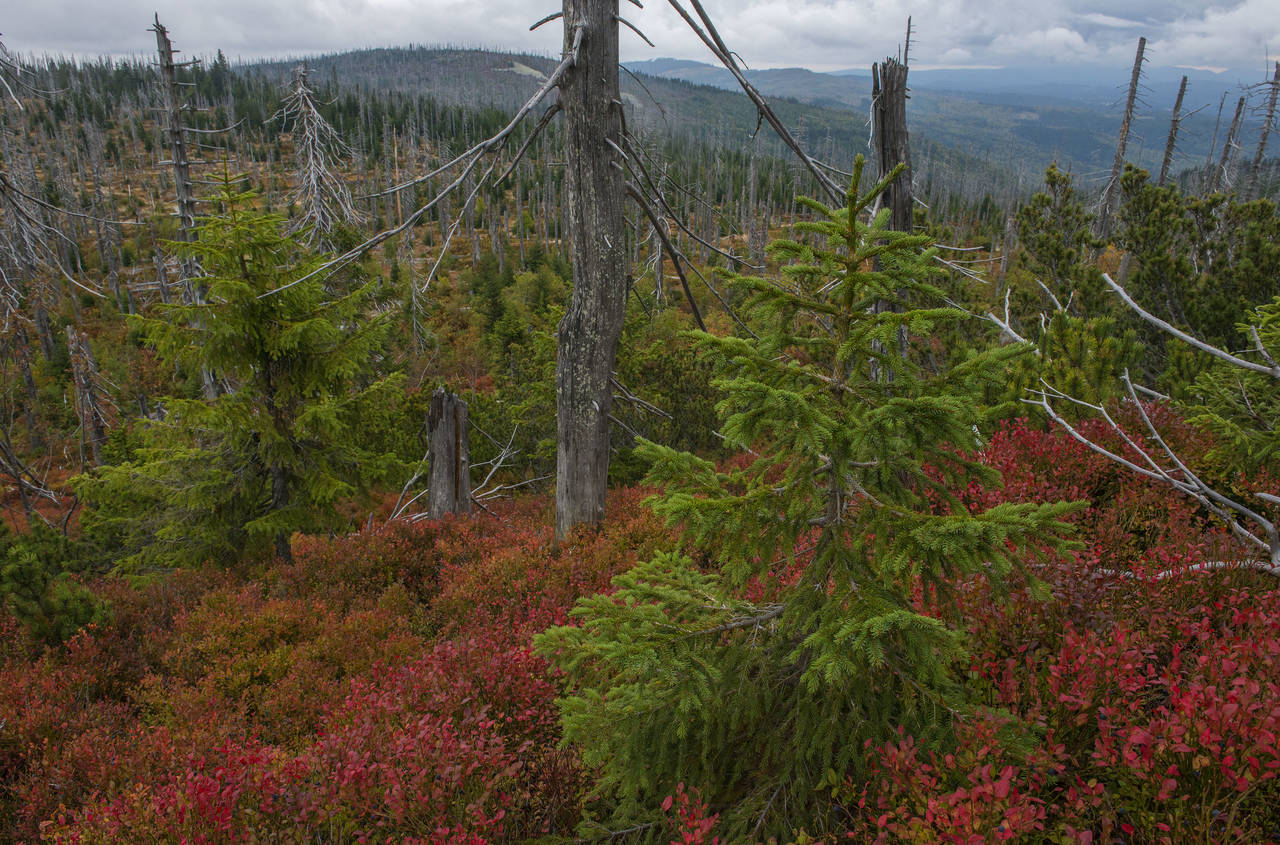
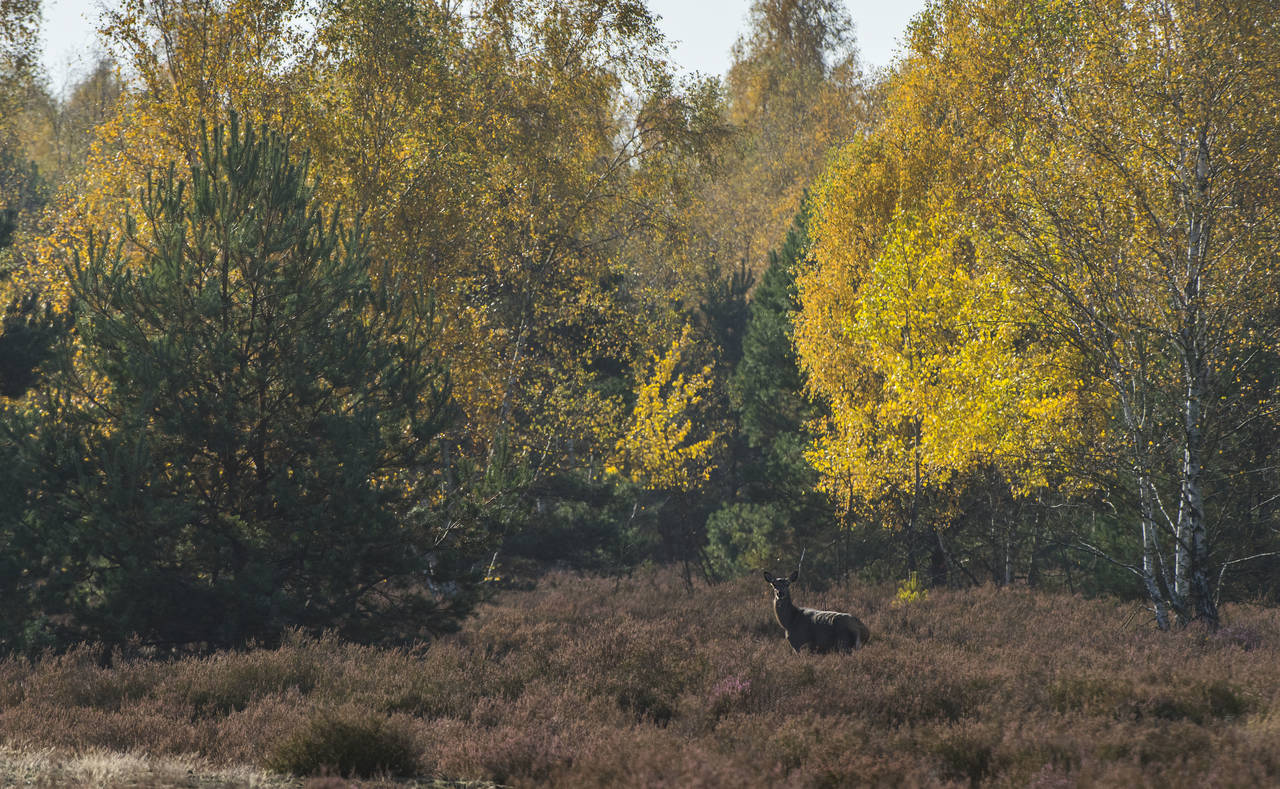
Do you have any tips for those who don’t want to travel far to experience the wilderness?
In the Wispertaunus – very close to the city – there is an area that has been left to develop as a wilderness since the year before last. It’s well worth a look even though we’re just at the beginning here. Our “Wilderness map” is available to help anyone find even older wilderness areas close by. The access routes are different in the wild forest too: While in commercial forests everything is oriented towards forestry vehicles and is therefore straight and wide, here you can create entirely different discovery trails – whichmeans, by the way, children will suddenly no longer be bored by a walk in the forest! Of course, the wilderness here is still in the early stages, you can’t expect to see Methusalah trees everywhere, but it’s certainly quite a different feeling to know there’s not a saw in sight.









